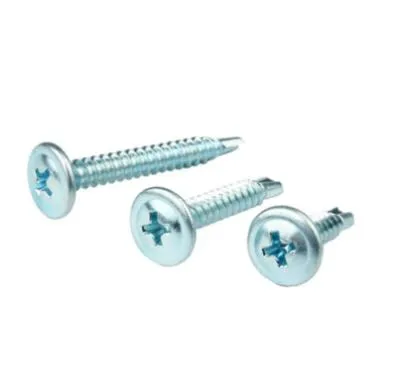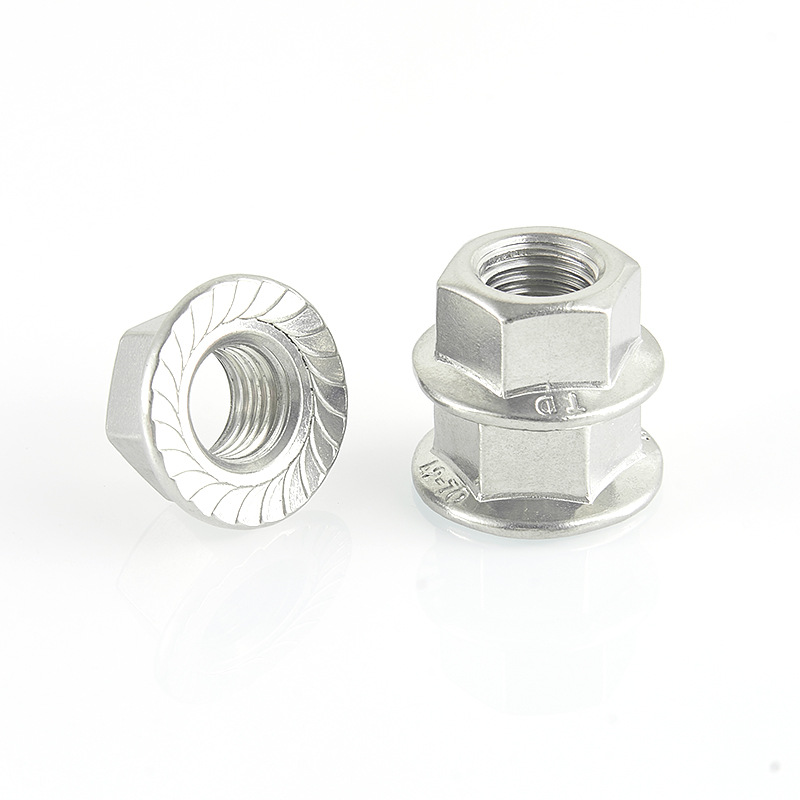

a spring washer
Jan . 25, 2025 06:11 Back to list
a spring washer
The spring washer, often overshadowed by its simpler counterparts, plays a crucial yet understated role in ensuring the reliability and longevity of countless mechanical systems. While this small component might seem insignificant, its design and application are deeply rooted in mechanical engineering principles that balance forces and maintain necessary tension within assemblies. Understanding the intricacies of spring washers provides valuable insights into their utility and indispensability across numerous industries.
Through various testing phases and real-world applications, it is evident that the proper application of spring washers results in significant cost savings over time. Proper tension prevents not only the loosening of fasteners but also wear and fatigue of the assembly components. By maintaining the integrity of the assembly, businesses can significantly reduce downtime, maintenance costs, and the risk of catastrophic failure. Adhering to industry standards and best practices, such as those outlined by organizations like the American National Standards Institute (ANSI) or the International Organization for Standardization (ISO), ensures that the spring washers used in applications meet the necessary safety and performance norms. Engineers and purchasing decision-makers can have confidence in their component selections when these standards are observed. Another critical component to consider is the installation process of the spring washers. Proper installation technique is vital for these components to function effectively. They should be installed between the nut and the mounting surface to maximize surface contact and load distribution. Torque settings must also be precisely controlled; overtightening can flatten the washer, nullifying its effectiveness, while undertightening can fail to provide the necessary tension. In resisting vibrational loosening, spring washers prove to be an invaluable investment. They not only secure fasteners over time but also help maintain the structural integrity of the assembly. In industries such as aerospace, marine, and heavy construction equipment, where the stakes are high, using these washers adds a layer of security that's indispensable. To wrap up, the importance of spring washers in the mechanical world cannot be overstated. Through thoughtful material selection, adherence to standards, and precise application, these small components play a massive role in ensuring the safety, reliability, and cost-effectiveness of mechanical assemblies. Expertise in their use not only demonstrates engineering excellence but also confirms a commitment to upholding the highest quality and performance standards in product development and maintenance.


Through various testing phases and real-world applications, it is evident that the proper application of spring washers results in significant cost savings over time. Proper tension prevents not only the loosening of fasteners but also wear and fatigue of the assembly components. By maintaining the integrity of the assembly, businesses can significantly reduce downtime, maintenance costs, and the risk of catastrophic failure. Adhering to industry standards and best practices, such as those outlined by organizations like the American National Standards Institute (ANSI) or the International Organization for Standardization (ISO), ensures that the spring washers used in applications meet the necessary safety and performance norms. Engineers and purchasing decision-makers can have confidence in their component selections when these standards are observed. Another critical component to consider is the installation process of the spring washers. Proper installation technique is vital for these components to function effectively. They should be installed between the nut and the mounting surface to maximize surface contact and load distribution. Torque settings must also be precisely controlled; overtightening can flatten the washer, nullifying its effectiveness, while undertightening can fail to provide the necessary tension. In resisting vibrational loosening, spring washers prove to be an invaluable investment. They not only secure fasteners over time but also help maintain the structural integrity of the assembly. In industries such as aerospace, marine, and heavy construction equipment, where the stakes are high, using these washers adds a layer of security that's indispensable. To wrap up, the importance of spring washers in the mechanical world cannot be overstated. Through thoughtful material selection, adherence to standards, and precise application, these small components play a massive role in ensuring the safety, reliability, and cost-effectiveness of mechanical assemblies. Expertise in their use not only demonstrates engineering excellence but also confirms a commitment to upholding the highest quality and performance standards in product development and maintenance.
Next:
Latest news
-
Hot Dip Galvanized Bolts-About LongZe|High Strength, Corrosion Resistance
NewsJul.30,2025
-
High-Strength Hot Dip Galvanized Bolts - Hebei Longze | Corrosion Resistance, Customization
NewsJul.30,2025
-
Hot Dip Galvanized Bolts-Hebei Longze|Corrosion Resistance&High Strength
NewsJul.30,2025
-
High-Strength Hot-Dip Galvanized Bolts-Hebei Longze|Corrosion Resistance&High Strength
NewsJul.30,2025
-
Hot Dip Galvanized Bolts-Hebei Longze|Corrosion Resistance&High Strength
NewsJul.30,2025
-
Hot Dip Galvanized Bolts - Hebei Longze | Corrosion Resistance, High Strength
NewsJul.30,2025

